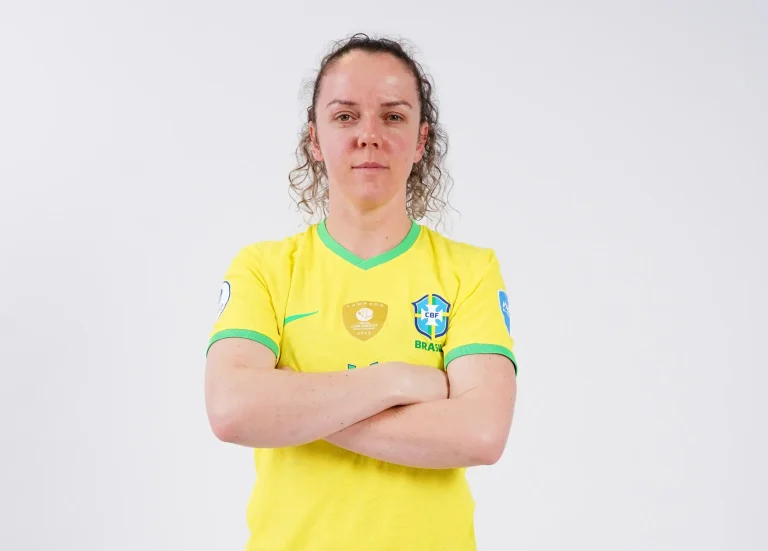In this article, first published on FIFA Training Centre, Vitinha’s national team manager, Roberto Martinez, delves into why the Portuguese midfielder is at the heart of Paris Saint-Germain’s in-possession strategy.
The Portugal head coach also reveals how, at times, Vitinha’s role surpasses his typical playmaking responsibilities.
This article is based on a match review with Football Performance Insights’ Arron Ackerman and Martínez, who is part of FIFA’s Technical Study Group observing the FIFA Club World Cup™.
Vitinha’s player profile
PSG averaged 67.8 per cent possession across their three group-stage games. Vitinha is a key part of his team’s fluency on the ball, completing the second-highest number of passes against Seattle Sounders FC and the highest in PSG’s matches against Atlético de Madrid and Botafogo.
For Martinez, the Portugal midfielder has the following attributes that make him the metronome of this PSG side:
The numbers retrieved by FIFA’s Football Performance Insights Team for PSG’s win over the Sounders reiterate some of these attributes that make him a key player for PSG’s in-possession play. Vitinha had nine involvements in sequences ending in attempts at goal, which was the joint highest (with Achraf Hakimi) in the match.
He also covered 12.3km, which was more than any other PSG player and demonstrates the physical outputs required to operate this role; he clocked the most kilometres in the Parisian club’s match against Botafogo as well, with 11.8km.
Tickets | Watch live and free on DAZN
Three aspects of Vitinha’s role in possession
In PSG’s final group game, it was the Portuguese midfielder’s versatility in particular that caught the eye. Martínez highlights that Vitinha was able to impact the game during moments when his team were in possession in three different ways – combined, they reveal why the player was a huge part of how his team were able to maintain control over their opponents.
The first way he exerted his influence was from his more conventional defensive midfield position in PSG’s 4-1-2-3 formation, sitting just in front of his team’s defensive unit. From here, Vitinha could dictate his team’s build-up and – if possible – switch play.
Another means of affecting the game saw Vitinha slot into PSG’s defensive line alongside centre-backs Willian Pacho (51) and Marquinhos (4). This provided left full-back Nuno Mendes (25) with the freedom to venture down the wide channel and gave centre-midfielder Fabián Ruiz (8) the license to roam into midfield.
It was the fact that Vitinha would maintain this position throughout a spell of possession which was significant, says Martinez.
“His discipline to stay part of the back three allows PSG to have a completely different way of penetrating, with the two midfielders and the false number 9. This allows four or five PSG players to be available around the ball and is one of the reasons why they found it so easy to keep possession.”
A third and more unconventional way the Portuguese midfielder impacted the game in possession was with his forward runs deep inside the opposition’s half. The unpredictability of these runs made them difficult to defend. However, as Martinez explains, activating this type of penetrating run requires team-wide coordination.
“I think you can see that this is not the decision of one player. This is a well-worked [team] concept. When the ball gets played from Fabián [Ruiz] into the outside area, it initiates that penetration from Vitinha, which opens up the space. He crosses three defensive lines in a way that’s very difficult to defend against because, as the ball goes out wide, he is on the blind side of the two [Seattle Sounders] midfielders, which is very difficult for them to pick up. The ball then gets played to the player that makes the run [Vitinha]. That’s what shows that this is a concept; the moment the ball goes out wide, they expect the penetrating run.”



